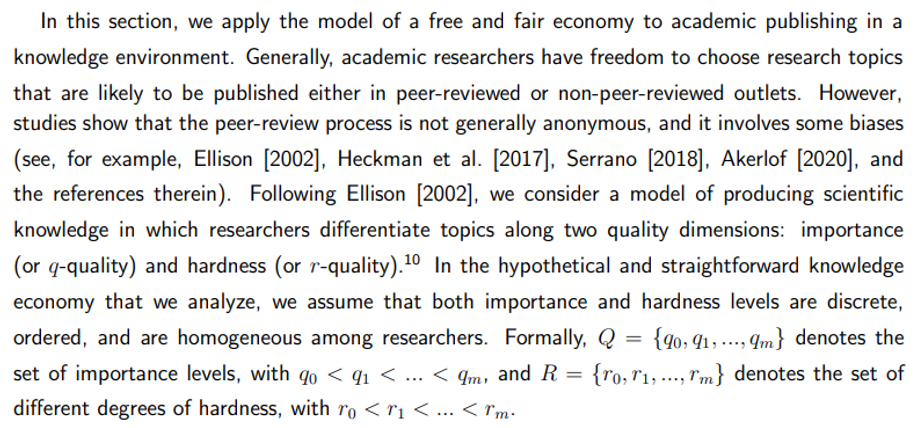Just In: Ripple Enters African Market with Absa Bank Crypto Custody Deal
TLDR:
- Ripple’s partnership with Absa Bank marks its first major crypto custody collaboration in Africa.
- The move extends Ripple’s global custody network into emerging African financial markets.
- Absa Bank will use Ripple’s technology to manage institutional-grade crypto and tokenized assets.
- Ripple now serves institutions across five continents, with growing demand in regulated crypto custody.
Ripple is taking another step into institutional finance with a new partnership in South Africa. The company has joined forces with Absa Bank to introduce institutional-grade digital asset custody for African markets. This move comes as global interest in compliant blockchain infrastructure continues to grow.
Ripple’s strategy now extends across multiple continents, signaling a broader shift toward regulated crypto services. The announcement was made in a company blog post on October 15, 2025.
Ripple and Absa Join Forces to Strengthen Crypto Custody Services
According to Ripple’s announcement, Absa Bank will adopt Ripple’s enterprise custody technology to store and manage digital assets, including cryptocurrencies and tokenized assets. The integration aims to give institutional clients safe, compliant access to blockchain-based products.
Reece Merrick, Ripple’s Managing Director for the Middle East and Africa, said the partnership reflects Africa’s evolving financial landscape. He emphasized that the continent is entering a new phase of digital asset adoption, where secure storage and regulatory compliance are becoming essential.
Absa’s decision positions it as one of the first major African banks to offer institutional crypto custody.
The move could enable large organizations to participate in blockchain markets without compromising security. Ripple’s solution offers built-in compliance controls, which allow financial institutions to navigate regional regulations with confidence.
This partnership also marks Ripple’s growing presence across Africa, following its earlier collaboration with payments provider Chipper Cash. Together, these moves reinforce Ripple’s goal to serve both traditional and crypto-native institutions in emerging markets.
Africa’s Growing Role in the Global Digital Asset Ecosystem
Ripple’s 2025 New Value Report found that 64% of finance leaders in the Middle East and Africa are turning to blockchain to reduce settlement times and improve cross-border payment efficiency.
Absa’s partnership is a response to this trend, signaling that banks are beginning to view crypto custody as part of standard financial infrastructure.
Robyn Lawson, Head of Digital Product and Custody at Absa, noted that the bank wants to provide clients with “secure, compliant, and robust” storage options for their digital holdings.
Ripple’s platform gives Absa access to proven infrastructure and global best practices, allowing the bank to operate within the highest security and operational standards.
Ripple’s network now spans Europe, the Middle East, Asia-Pacific, and Latin America. Its expansion into South Africa strengthens its reputation as a trusted infrastructure provider for tokenized finance.
With over 60 regulatory licenses globally, the company continues to position itself as a leader in bridging traditional banking and blockchain technology.
As more African banks explore digital asset strategies, partnerships like this could accelerate the continent’s transition toward blockchain-based financial systems.
The post Just In: Ripple Enters African Market with Absa Bank Crypto Custody Deal appeared first on Blockonomi.
Vous aimerez peut-être aussi

Stablecoins: The Cryptographic Practice of Denationalization of Hayek’s Currency

Sui Crypto Meets Its Match: XRP Tundra’s Dual-Token Arctic Architecture
